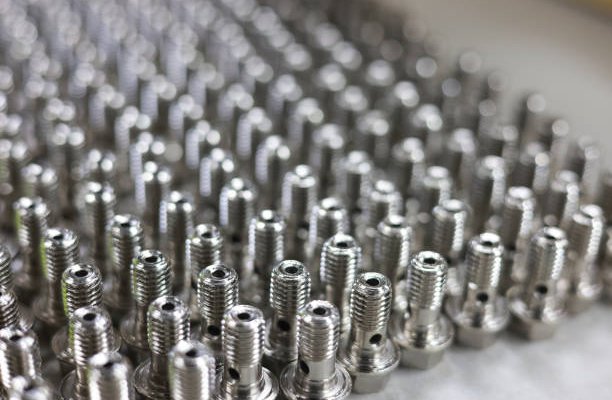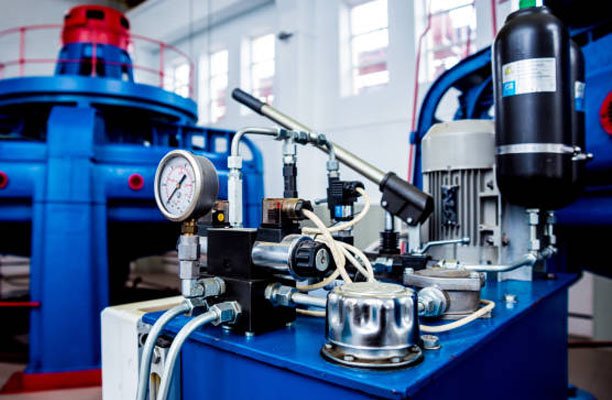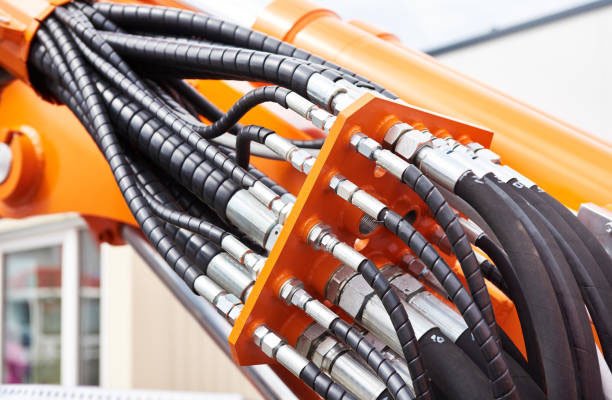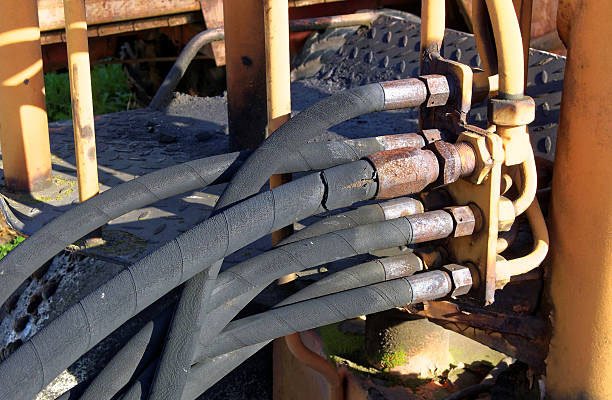Introduction
In the world of plumbing, HVAC, and industrial maintenance, removing a stuck ferrule can be one of the most stubborn challenges technicians face. Ferrules, which are typically small metal or plastic rings, are used to secure piping and tubing connections. Over time, these components can become so tightly bound to the pipe that removing them without the right tool risks damaging the surrounding hardware—or worse, causing injury. That’s where the ferrule puller tool comes into play. This guide delves into everything you need to know about ferrule pullers, how to use them effectively, and how they can save you time, money, and headaches in both residential and industrial settings.
What is a Ferrule Puller Tool?
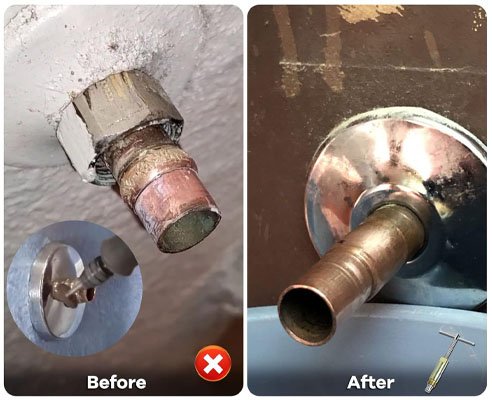
Definition and Purpose
A ferrule puller tool is a specially engineered hand tool designed to extract ferrules from tubing, pipe fittings, and compression joints. Unlike pliers or pipe wrenches, ferrule pullers apply controlled, evenly distributed force to detach the ferrule without deforming the pipe or surrounding connections. The goal is to remove the ferrule cleanly and efficiently without cutting or breaking the pipe.
Common Industries That Use Ferrule Pullers
- Plumbing: For removing brass and copper ferrules from water lines.
- HVAC Systems: Used in disassembling refrigerant lines or fittings during maintenance.
- Telecommunications: Fiber optic and coaxial cable ferrules often require precision extraction.
- Automotive Repair: Employed in hydraulic and fuel systems for ferrule disconnection.
- Industrial Equipment Maintenance: Frequently used in refineries, chemical plants, and manufacturing facilities.
Why Ferrules Get Stuck
Causes of Stuck Ferrules
Understanding why ferrules get stuck is critical to selecting the right removal method and avoiding further complications. Common causes include:
- Corrosion: Over time, exposure to moisture, salt, or chemicals can cause the ferrule to corrode and bind tightly to the pipe.
- Over-Tightening: Excess torque during installation may deform the ferrule, wedging it tightly against the tubing.
- Material Fatigue: Repeated heating and cooling cycles can cause thermal expansion and contraction, creating a tight grip.
- Aging Infrastructure: Older installations often use outdated ferrule designs that seize up over decades of use.
Risks of Forcing Ferrules Off Without the Proper Tool
Attempting to remove a stuck ferrule with inappropriate tools such as pliers, saws, or hammers can be dangerous and damaging. Key risks include:
- Structural Damage: You may dent or crack the pipe, requiring full replacement of the section.
- Leaks: Improper removal can compromise the seal of the connection, leading to fluid or gas leaks.
- Injury: Tools slipping during forceful attempts can cause lacerations or puncture wounds.
- System Failure: Damaging sensitive components can lead to complete system malfunction, especially in pressurized environments.
Types of Ferrule Puller Tools
Manual Ferrule Pullers
Manual ferrule pullers are hand-operated devices designed for light to moderate use. They typically employ a screw mechanism that tightens around the ferrule, applying steady pressure to detach it from the pipe. These tools are compact, budget-friendly, and ideal for DIY enthusiasts or small repair jobs. However, they require more physical effort and may struggle with severely stuck or corroded ferrules.
Hydraulic Ferrule Pullers
Hydraulic ferrule pullers are high-performance tools designed for industrial use. These systems use hydraulic fluid to generate significant pulling force with minimal manual effort. They are capable of removing even the most stubborn ferrules with precision and ease. Though more expensive and bulkier than manual tools, hydraulic options are preferred by professionals working in demanding environments such as oil refineries, shipyards, and manufacturing plants.
Universal Ferrule Pullers
Universal ferrule pullers are versatile tools that can adapt to a wide range of pipe sizes and ferrule types. These often feature adjustable jaws or interchangeable parts that make them suitable for use across multiple applications. They strike a balance between functionality and convenience, making them a favorite among field technicians who handle a variety of job types.
Key Features to Look For in a Ferrule Puller
Durability and Build Quality
Choose tools constructed from high-grade stainless steel or forged alloy materials. This ensures long-lasting performance and resistance to wear, corrosion, and deformation. Look for pullers that have protective coatings or anodized finishes for added durability in harsh environments.
Adjustable Design
An effective ferrule puller should accommodate various ferrule diameters. Adjustable jaws or heads make it easier to secure a tight grip around the ferrule without slipping. Some models come with interchangeable parts or size-specific attachments for increased flexibility and precision.
Ergonomic Handle and Safety Features
Comfort and safety are paramount during tool use. Opt for models with ergonomically designed handles that reduce hand fatigue during prolonged use. Non-slip rubber grips, insulated handles, and built-in safety locks help prevent accidents and enhance user control.
Step-by-Step Guide to Using a Ferrule Puller
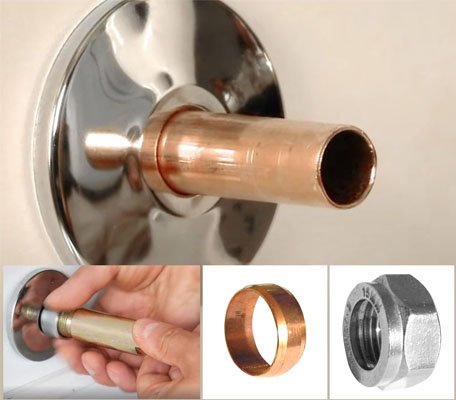
1: Preparation
- Turn off any water, gas, or fluid supply connected to the piping system.
- Inspect the area around the ferrule for rust, debris, or chemical residue, and clean it if necessary.
- Ensure you are using a compatible ferrule puller and wear protective equipment such as gloves and safety goggles.
2: Tool Setup
- Choose the appropriate size adapter or jaw setting for the ferrule you’re removing.
- Align the puller tool around the ferrule, ensuring that it’s centered and secure.
- Tighten the adjustment mechanism (manual screw or hydraulic pump) until the tool is firmly latched onto the ferrule.
3: Ferrule Removal
- Begin applying pressure slowly and steadily using the tool’s handle or hydraulic actuator.
- As the puller tightens, the ferrule will begin to slide off the pipe. Avoid sudden movements or jerks to prevent damage.
- Once removed, gently loosen the tool and take the ferrule off the jaws.
4: Post-Removal Inspection
- Examine the pipe for any scratches, cracks, or deformities.
- Clean the exposed pipe thoroughly before installing a new ferrule or fitting.
- If damage is detected, replace or repair the affected section before proceeding.
Safety Tips When Removing Ferrules
Wear Protective Equipment
Always wear safety goggles, cut-resistant gloves, and closed-toe shoes when working with ferrule pullers. Removing a tightly bound ferrule can release sudden force, causing metal fragments or the tool itself to shift unexpectedly.
Secure the Work Area
Ensure the pipe or tubing is firmly held in place using clamps or a bench vise. Movement during ferrule extraction can lead to tool slippage and potential injury.
Use Tools That Meet Safety Standards
Choose tools certified by OSHA, ANSI, or other relevant safety authorities. High-quality tools not only last longer but also function more predictably under pressure.
Do Not Force the Tool
If resistance is unusually high, stop and reassess. Applying excessive force can snap the pipe or break the tool. Instead, use a lubricant like penetrating oil to ease the process, or consider upgrading to a hydraulic model for more torque.
Troubleshooting Common Issues
Ferrule Won’t Budge
- Apply Penetrating Oil: Use a lubricant such as WD-40 or Liquid Wrench and let it sit for at least 15 minutes to reduce friction.
- Switch Tools: If a manual puller fails, consider switching to a hydraulic puller for increased pulling power.
- Heat Application: Use a heat gun to gently expand the metal, but be cautious of melting plastic pipes or nearby components.
Tool Slipping Off Ferrule
- Check Alignment: Ensure the tool is properly centered and square to the ferrule.
- Tighten Gradually: Avoid overtightening all at once; secure the grip slowly to avoid slippage.
- Use a Grip Enhancer: Sandpaper or grip tape between the jaws and ferrule can improve hold.
Pipe Gets Damaged During Removal
- Reduce Pulling Pressure: Excess force can deform soft piping. Use tools with adjustable tension to moderate stress.
- Inspect Before and After: Always evaluate the pipe’s condition both before and after removal. Replace compromised segments promptly.
Benefits of Using a Ferrule Puller Tool
Time-Saving Efficiency
With a ferrule puller, what would typically take 20–30 minutes of laborious effort can be accomplished in 5–10 minutes. This is especially crucial for commercial jobs where time equals money.
Preserves Pipe Integrity
Unlike sawing, twisting, or prying, a ferrule puller applies targeted, uniform pressure that minimizes damage. This preserves the original pipe or tubing, preventing costly replacements.
Enhanced Safety
Ferrule pullers are designed to operate within safe mechanical limits, reducing the risk of injury associated with makeshift removal methods. Features like anti-slip handles and safety locks enhance operator control and safety.
Professional Results
Clean, damage-free removal ensures that the new ferrule or fitting will seat properly, maintaining system performance and integrity. This is particularly important for pressurized systems like gas lines and hydraulic setups.
Cost-Effective in the Long Run
While the initial cost of a quality ferrule puller may seem high, the reduction in labor, repairs, and material waste makes it a smart long-term investment for both professionals and serious DIYers.
Maintenance and Storage Tips
Clean the Tool After Each Use
Residue from metal shavings, lubricants, and dirt can accumulate on the ferrule puller over time. Wipe down the tool with a clean, dry cloth after each use. For thorough cleaning, use a mild degreaser or isopropyl alcohol to remove grime from moving parts.
Lubricate Moving Parts
Apply a small amount of machine oil or a specialized tool lubricant to hinges, screws, and hydraulic components to prevent rust and ensure smooth operation. Regular lubrication also helps maintain the tool’s effectiveness and prolong its life span.
Inspect for Wear and Tear
Check the jaws, adjustment knobs, and grips for signs of wear. Look for cracks, stripped threads, or weakened springs. Address minor issues early to avoid tool failure during use.
Proper Storage
Store the ferrule puller in a dry, cool place away from moisture and direct sunlight. A padded toolbox or a dedicated storage case with compartments is ideal. Avoid tossing it into tool buckets or drawers where it may get damaged or expose other tools to wear.
Top Recommended Ferrule Puller Tools
1. RIDGID Ferrule Removal Tool
RIDGID is known for producing rugged, professional-grade plumbing tools. Their ferrule removal tool is manually operated and ideal for copper and brass fittings. It features a compact, ergonomic design with high leverage for efficiency.
2. Parker Hydraulic Ferrule Puller
Engineered for industrial applications, this hydraulic puller from Parker delivers powerful and precise ferrule extractions. It’s perfect for use in chemical plants, refineries, and marine applications where stubborn ferrules are common.
3. Swagelok Multi-Size Puller Kit
Designed for versatility, this kit includes adjustable arms and interchangeable grips for use on a wide range of ferrule sizes. Swagelok’s reputation for precision engineering makes this an excellent choice for technicians who require flexibility and reliability in one package.
4. Yellow Jacket Ferrule Removal Tool
Specifically built for HVAC technicians, the Yellow Jacket puller tool is lightweight and easy to carry. It offers precision removal of aluminum and copper ferrules in tight spaces and is backed by strong customer reviews for durability.
When to Replace Your Ferrule Puller Tool
Visible Rust or Corrosion
Tools exposed to high moisture environments can develop rust that weakens structural integrity. If corrosion compromises the jaw grip or moving parts, it’s time for a replacement.
Worn or Damaged Components
Look for stripped threads, broken levers, or cracked handles. These can affect performance and lead to unsafe working conditions. Most manufacturers sell replacement parts, but in some cases, replacing the entire tool is more practical.
Decreased Performance
If the tool no longer grips properly or requires more effort to remove ferrules, it could indicate internal wear or spring fatigue. Replacing an underperforming tool ensures continued efficiency and safety.
Manufacturer’s Service Life
Many high-end ferrule pullers come with a recommended service life or usage limit. Adhering to these guidelines helps avoid failures during critical operations, especially in industrial settings.


